Braces Care!
August 2nd, 2019
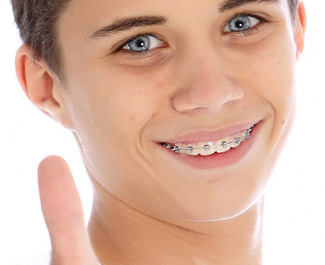
When you’re at home, it’s easy to care for your braces and teeth: You have the luxury of time and the proper tools at your disposal. However, if you’re like most of our patients, you spend the majority of your day away from home at school or at work. Then you may find that proper braces care can be a hassle.
Keeping your teeth clean while you have braces is one of the most important facets of your treatment, because you don't want anything to cause any delay of your treatment progress. Brushing and flossing are super important.
To help make your orthodontic experience as convenient as possible, we’ve put together a list of helpful tips about caring for your braces while you’re at school or work.
Come Prepared
Put together a “to-go” kit that contains all the oral healthcare items you’ll need throughout the day. Pack a toothbrush, floss, wax, retainer case (if needed), a mirror, a small cup for rinsing, a small bottle of water (if water might not be readily available), and some brace relief.
Use Your Time Wisely
Take advantage of breaks and the lunch hour to give your braces and teeth a once over. Make sure you don’t have any food debris caught in your braces, and take the time to brush and floss. If you’ve just had your braces adjusted, you may feel some soreness. This is where the wax you packed will come in handy.
Eat the Right Food
You can prevent any possible mishaps or breakages with your braces by steering clear of foods that are sticky, chewy, and crunchy. Gum, candy, popcorn, hard chips, apples that aren’t cut into bite-sized pieces, nuts, beef jerky, and ice fall into this category.
Choose a Removable Option
If you know before you begin orthodontic treatment that your schedule will be hectic, think about trying a removable option. Clear aligners are just as effective as braces for most teeth-straightening needs, and they can be removed while you’re eating, brushing, and flossing.
If you follow these tips and stay on your oral health routine at home, you’ll be maximizing the effectiveness of your orthodontic treatment but also keeping it as hassle-free as possible.

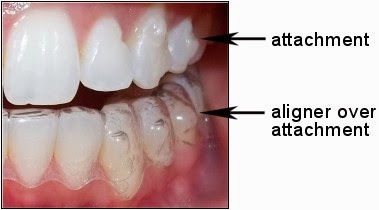
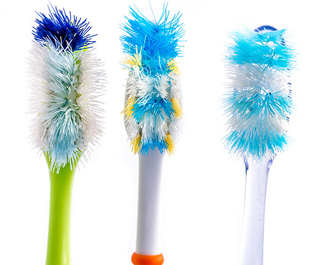 You are probably aware that brushing your teeth is one of the most important things you can do to maintain your oral health. But have you ever considered whether you’re brushing your teeth correctly? Here are some tips to make your brushing routine as effective and safe as possible:
You are probably aware that brushing your teeth is one of the most important things you can do to maintain your oral health. But have you ever considered whether you’re brushing your teeth correctly? Here are some tips to make your brushing routine as effective and safe as possible:
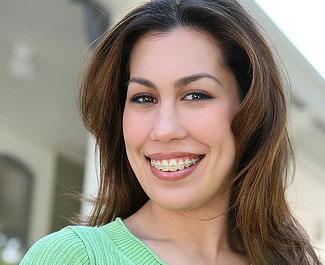
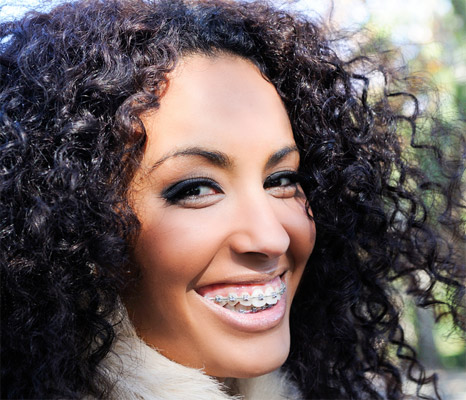




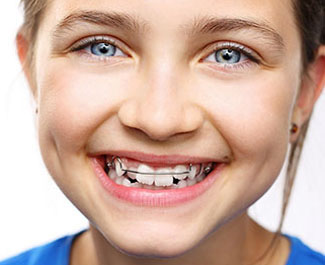

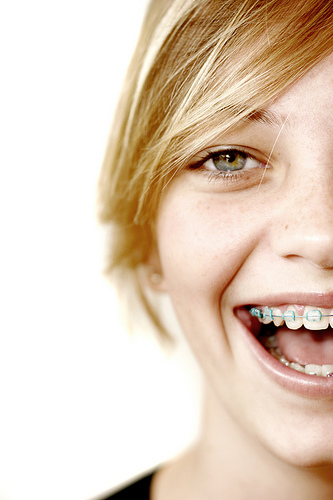 orthodontic care. You’ll never believe the amount of food that can get lodged between your braces when you eat. Plaque buildup as a result of poor brushing and flossing habits can cause bad breath, or worse, tooth decay! It is so important to brush your teeth after every meal and floss every day. It may seem like a hassle, but it will all be worth it in the end!
orthodontic care. You’ll never believe the amount of food that can get lodged between your braces when you eat. Plaque buildup as a result of poor brushing and flossing habits can cause bad breath, or worse, tooth decay! It is so important to brush your teeth after every meal and floss every day. It may seem like a hassle, but it will all be worth it in the end!

 One study on childhood harassment found that misaligned or protruding teeth were the single most common target of name-calling among children. Further, children with orthodontic problems are more subject to bullying than their luckier peers.
One study on childhood harassment found that misaligned or protruding teeth were the single most common target of name-calling among children. Further, children with orthodontic problems are more subject to bullying than their luckier peers.






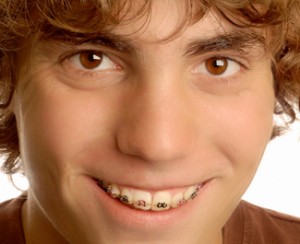



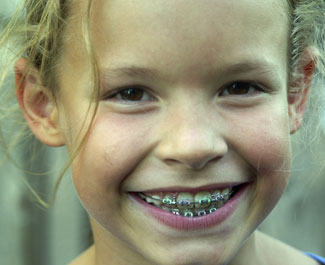
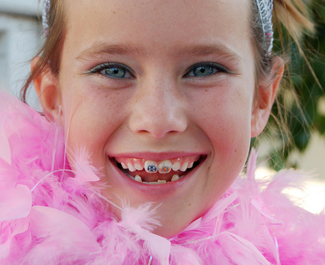
























 At the office of Dr. Rooney, nobody is “too old” for braces! In fact, we read a fascinating statistic recently: adults getting braces has actually jumped 24 percent since 1996! Of course, braces help make your teeth stay strong, healthy and become perfectly-aligned. Orthodontic treatment with Dr. Rooney can be successful at any age, and adults especially appreciate the benefits of a beautiful smile.
At the office of Dr. Rooney, nobody is “too old” for braces! In fact, we read a fascinating statistic recently: adults getting braces has actually jumped 24 percent since 1996! Of course, braces help make your teeth stay strong, healthy and become perfectly-aligned. Orthodontic treatment with Dr. Rooney can be successful at any age, and adults especially appreciate the benefits of a beautiful smile. We want to hear what your favorite video games are so we can add them to our waiting room! Let us know what your favorite Playstation 2, Playstation 3, and Nintendo Wii games are by either posting it on
We want to hear what your favorite video games are so we can add them to our waiting room! Let us know what your favorite Playstation 2, Playstation 3, and Nintendo Wii games are by either posting it on  November is here, and—believe it or not—we’re almost in full holiday mode! But before we forget about the spooky month that just wrapped up, we’d like to know how you celebrated Halloween! What did you wear? Did you have fun?
November is here, and—believe it or not—we’re almost in full holiday mode! But before we forget about the spooky month that just wrapped up, we’d like to know how you celebrated Halloween! What did you wear? Did you have fun?
 Dr. Rooney just completed the Ironman Syracuse 70.3 - the race consisted of a 1.2 mile swim, a 56-mile bike ride and a 13.1 mile run. We had a raffle in the office for the patients to take a guess of how long it would take Dr. Rooney to complete it. One of our patients, Carissa was lucky enough to guess it right on the dot! She guessed 5 hours and 36 minutes and won a $50 visa gift card and a T-shirt! Great job, Carissa!
Dr. Rooney just completed the Ironman Syracuse 70.3 - the race consisted of a 1.2 mile swim, a 56-mile bike ride and a 13.1 mile run. We had a raffle in the office for the patients to take a guess of how long it would take Dr. Rooney to complete it. One of our patients, Carissa was lucky enough to guess it right on the dot! She guessed 5 hours and 36 minutes and won a $50 visa gift card and a T-shirt! Great job, Carissa!









 Website Powered by Sesame 24-7™
Website Powered by Sesame 24-7™